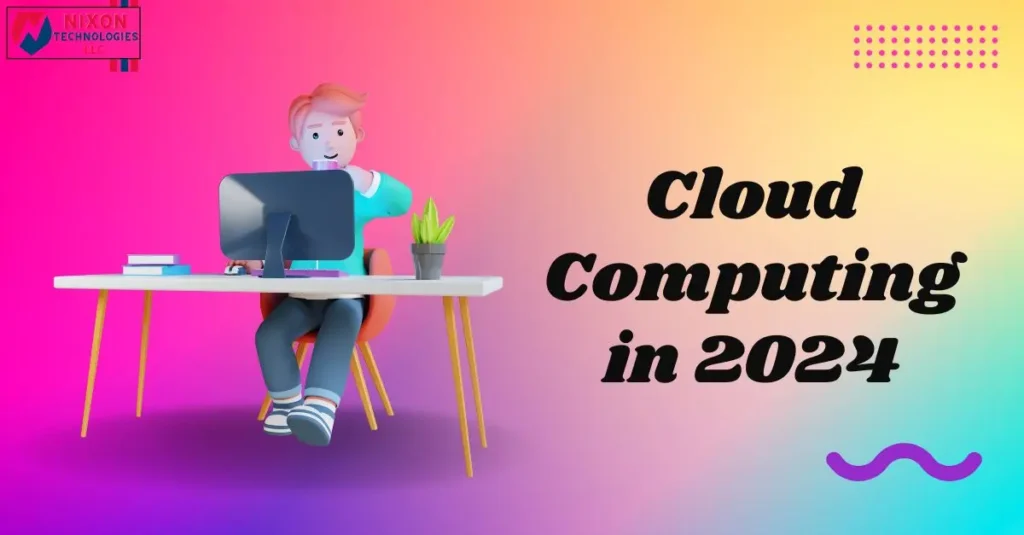In the ever-evolving landscape of technology, cloud computing stands as a beacon of innovation, presenting organizations and service providers with a myriad of opportunities and challenges. As we step into 2024, the realm of cloud computing is poised for remarkable transformations, characterized by a fusion of innovation and adaptation. Building upon the promising advancements of the previous year, this upcoming period holds the promise of pivotal developments that will shape the industry’s trajectory. Let us delve into the key trends that are set to redefine the dynamic landscape of cloud computing in the year ahead.
Hybrid and MultiCloud Evolution
The era of standardized cloud solutions is making way for a more tailored approach that integrates both public and private clouds. Hybrid and multicloud environments are poised to become the new normal, offering organizations unparalleled flexibility and redundancy. Termed as “n+1,” this approach enables businesses to optimize cloud resources for specific workloads while embracing vendor-agnostic solutions.
Navigating Multicloud Challenges
The shift towards multicloud environments brings forth novel complexities for IT departments. As solutions continue to emerge aimed at simplifying the complex landscape of multicloud setups, it’s important to exercise caution against tools that only mask complexity rather than truly streamline it.
Ascendance of Serverless Computing
In 2024, serverless computing continues its ascent, offering both cost-effectiveness and scalability. As serverless platforms mature, businesses are well-positioned to leverage them for building agile, cloud-native applications.
Elevating Serverless Security
With the expansion of serverless computing, specialized security measures will emerge to safeguard against vulnerabilities and breaches. Businesses prioritize the security of serverless functions and data to ensure the benefits gained are not compromised.
Container Orchestration’s Continual Rise
Container orchestration platforms like Kubernetes will maintain their growth, simplifying the deployment and management of containerized applications.
Quantum-Safe Cloud Security Measures
Cloud providers will introduce quantum-safe encryption to shield data from emerging quantum threats, fortifying the security of sensitive information.
AI-Driven Cloud Resource Optimization
AI and ML will play a significant role in optimizing cloud resource management, empowering organizations to reduce costs and enhance performance.
Seamless Integration of Edge Computing
The seamless integration of edge computing with cloud services will reduce latency for IoT applications, unlocking a myriad of use cases.
Cloud-Native Security Solutions
Cloud-native startups will offer simplified security solutions tailored for the cloud, ensuring applications remain protected throughout their lifecycle.
Evolving Regulatory Compliance
The regulatory landscape surrounding data privacy and security will become more intricate, prompting cloud providers to enhance their compliance services.
Embracing Cloud Sustainability Initiatives
Cloud providers will invest in green technologies to reduce carbon footprints, aligning with the values of socially responsible organizations.
Bridging the Skills Gap in Cloud Expertise
The migration to cloud services intensifies the demand for skilled professionals. Organizations must remain agile in adapting to harness the power of the cloud.
Conclusion
As we navigate the dynamic landscape of cloud computing in 2024, agility, innovation, and adaptability will be paramount in capitalizing on opportunities while mitigating challenges. Certainly, adopting these forecasts will undeniably pave the way for a prosperous progression in the journey of cloud computing.
Some key trends include the rise of edge computing, increased adoption of hybrid and multicloud strategies, advancements in AI and machine learning integration, enhanced cybersecurity measures, and the growing importance of sustainability in cloud infrastructure.
Edge computing brings computing resources closer to the source of data generation, reducing latency and enabling real-time processing for applications like IoT devices, autonomous vehicles, and smart cities. This decentralization complements traditional cloud infrastructure and supports new use cases requiring low latency and high bandwidth.
Hybrid and multicloud strategies allow organizations to leverage multiple cloud providers and on-premises infrastructure to optimize performance, mitigate risks, and enhance flexibility. This approach enables workload portability, cost optimization, and the ability to choose best-of-breed services from different providers, driving innovation and competitiveness.

